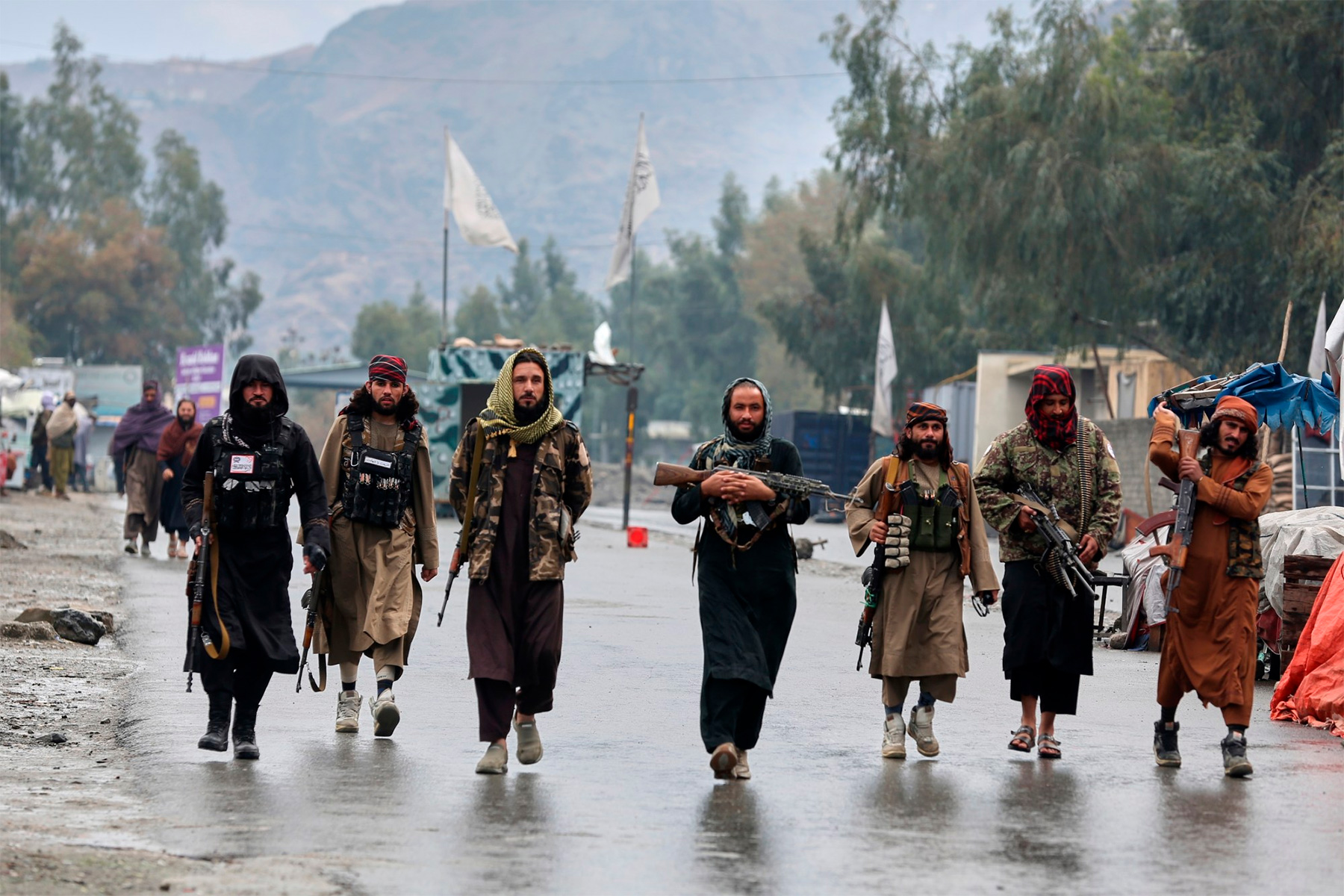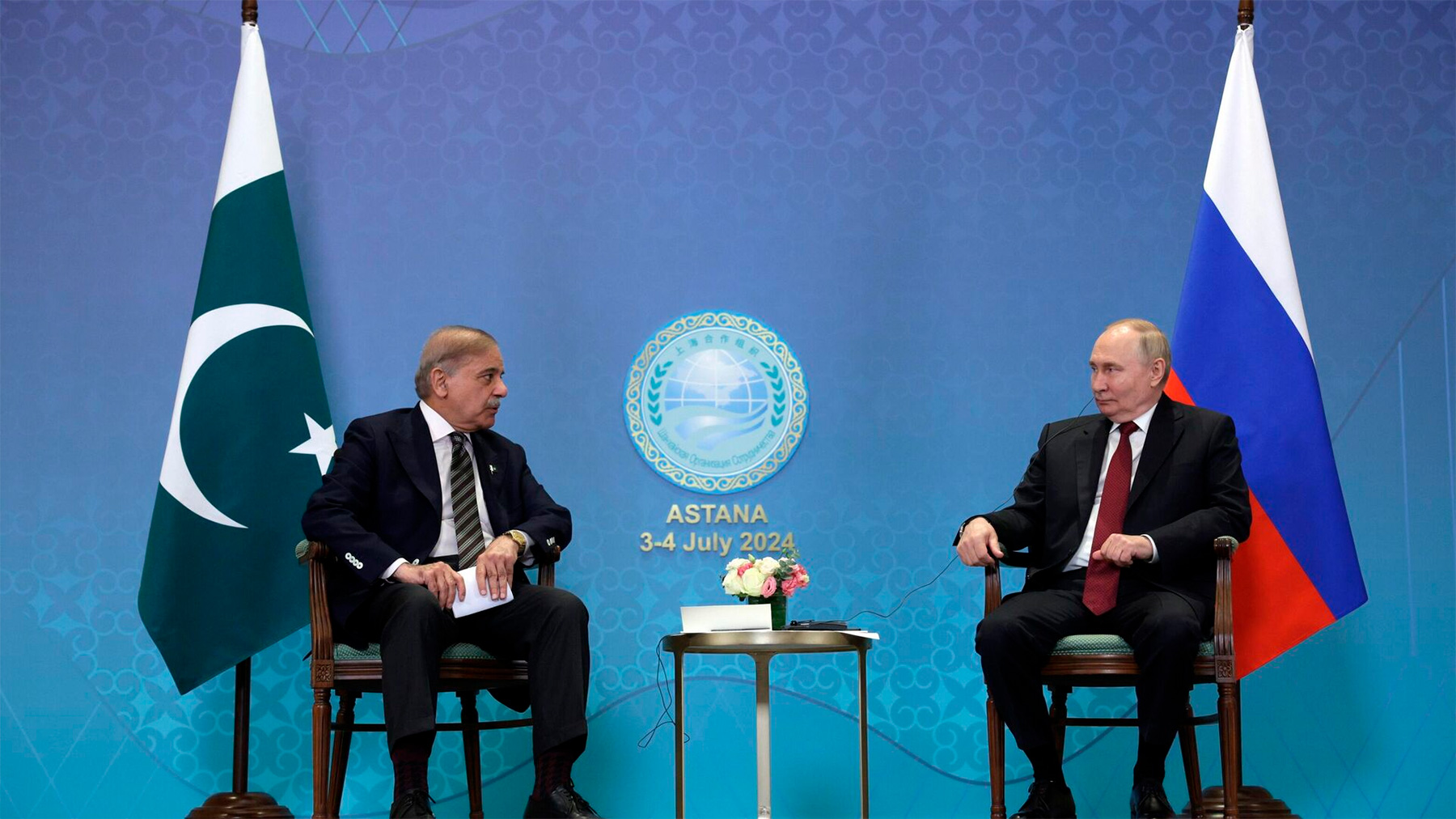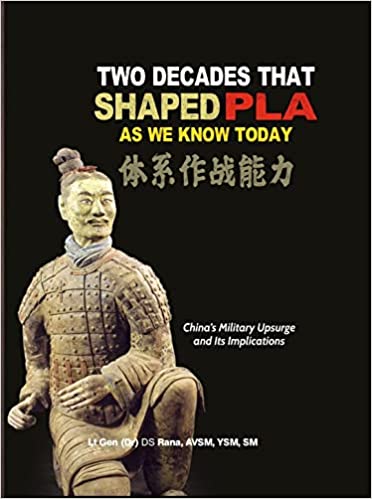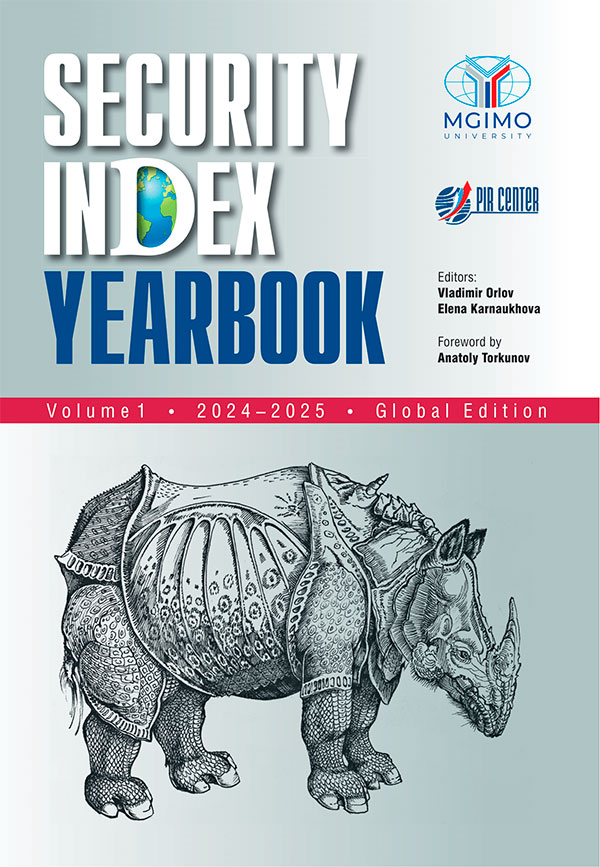In contemporary times, where security challenges surpass traditional boundaries, the world is increasingly shaped by non-traditional global threats including climate change, cyberattacks, and illicit trafficking. Notwithstanding, conventional power struggles remain deeply ingrained, mainly in the maritime domain where geopolitical competition is continuously reshaping the world order. To explain these complex dynamics, the VUCA framework (Volatility, Uncertainty, Complexity, and Ambiguity) has long been a benchmark for understanding the global security environment. However, this framework now seems inadequate in capturing the full range of contemporary challenges.
However, to address this gap, the VUCA framework must evolve into VUCAII by incorporating two critical dimensions, “Immorality and Innovation.” These additions reflect the erosion of morality in international politics and the paradoxical nature of technological advancements. Both of these aspects are transforming the global security landscape in unparalleled ways.
The prevailing world order—ideally rooted in liberal values and multilateralism—stands in stark contrast to the reality of power-driven international relations. The paradox lies in the tension between the rule-based established order and the enduring predominance of power politics. International institutions were established to uphold global peace but they have often failed, as demonstrated by the deafening silence of global authorities over the humanitarian crisis in Gaza. This erosion of morality emphasizes the first "I" of the VUCAII framework—“Immorality”—where moral obligations are habitually sacrificed in the name of strategic interests.
The second "I"—“Innovation”—explains the transformative impact of technological advancements. The connection between information and technology has created new threats, from cyberattacks to cognitive warfare, where perceptions are influenced through disinformation campaigns. This manipulation not only challenges democratic processes but also disrupts international credibility and financial stability which further disrupts and make the already fragile global order more complicated.
The intensifying rivalries among major powers show that the global center of gravity is undeniably shifting eastward. Strategic competition between the U.S., China, and Russia is reshaping global arrangements, pushing middle powers to adopt hedging strategies, "running with the hare and hunting with the hounds." The world transitioning from a bipolar to a unipolar and then a multipolar order now seems to be deviating towards a partial bipolarity with an increasingly fragmented U.S.-led West and a rising China-led bloc. This strategic realignment has converted the Indian Ocean into a central theater of competition directly affecting Pakistan’s maritime policy choices.
Another notable trend is the shift from inclusive multilateralism to exclusive minilateralism. Global institutions like the United Nations and WTO are increasingly sidelined by issue-based coalitions such as QUAD, AUKUS, I2U2 and the emerging INFRUS. These special groupings reflect a fragmented approach to global governance which is favoring strategic interests over collective development.
For Pakistan, navigating this complex geostrategic environment requires a balanced, pragmatic approach. Making maritime security a core element of national strategy is pivotal as the Indian Ocean is not just a theater of competition but a major lifeline for Pakistan’s economic and strategic interests. As Pakistan continues to support an inclusive and cooperative approach to regional security, it also remains steadfast in declaring that Indian Ocean belongs to all littoral states and that “it is the Indian Ocean, not India’s ocean.”
In contemporary times, where security challenges surpass traditional boundaries, the world is increasingly shaped by non-traditional global threats including climate change, cyberattacks, and illicit trafficking. Notwithstanding, conventional power struggles remain deeply ingrained, mainly in the maritime domain where geopolitical competition is continuously reshaping the world order. To explain these complex dynamics, the VUCA framework (Volatility, Uncertainty, Complexity, and Ambiguity) has long been a benchmark for understanding the global security environment. However, this framework now seems inadequate in capturing the full range of contemporary challenges.
However, to address this gap, the VUCA framework must evolve into VUCAII by incorporating two critical dimensions, “Immorality and Innovation.” These additions reflect the erosion of morality in international politics and the paradoxical nature of technological advancements. Both of these aspects are transforming the global security landscape in unparalleled ways.
The prevailing world order—ideally rooted in liberal values and multilateralism—stands in stark contrast to the reality of power-driven international relations. The paradox lies in the tension between the rule-based established order and the enduring predominance of power politics. International institutions were established to uphold global peace but they have often failed, as demonstrated by the deafening silence of global authorities over the humanitarian crisis in Gaza. This erosion of morality emphasizes the first "I" of the VUCAII framework—“Immorality”—where moral obligations are habitually sacrificed in the name of strategic interests.
The second "I"—“Innovation”—explains the transformative impact of technological advancements. The connection between information and technology has created new threats, from cyberattacks to cognitive warfare, where perceptions are influenced through disinformation campaigns. This manipulation not only challenges democratic processes but also disrupts international credibility and financial stability which further disrupts and make the already fragile global order more complicated.
The intensifying rivalries among major powers show that the global center of gravity is undeniably shifting eastward. Strategic competition between the U.S., China, and Russia is reshaping global arrangements, pushing middle powers to adopt hedging strategies, "running with the hare and hunting with the hounds." The world transitioning from a bipolar to a unipolar and then a multipolar order now seems to be deviating towards a partial bipolarity with an increasingly fragmented U.S.-led West and a rising China-led bloc. This strategic realignment has converted the Indian Ocean into a central theater of competition directly affecting Pakistan’s maritime policy choices.
Another notable trend is the shift from inclusive multilateralism to exclusive minilateralism. Global institutions like the United Nations and WTO are increasingly sidelined by issue-based coalitions such as QUAD, AUKUS, I2U2 and the emerging INFRUS. These special groupings reflect a fragmented approach to global governance which is favoring strategic interests over collective development.
Moreover, the brittleness of international peace is further highlighted by ongoing regional conflicts. From Afghanistan to Eastern Europe, Central Africa, and the Middle East, all unresolved conflicts continue to intensify into full-scale confrontations. Four critical theaters of contestation describe the current security environment:
- U.S.-China Strategic Competition, though not yet a full-blown Cold War, tensions continue to simmer and have the potential for escalation.
- Russia-Ukraine Conflict has generated a global energy and commodities crisis.
- An emboldened Israel, together with Trump’s rhetoric about a Gaza takeover has clearly heightened tensions in the region.
- Advocacy for a "free and open Indo-Pacific" covers a strategic effort to contain China, further complicating regional stability.
Furthermore, rapid developments in artificial intelligence, cybersecurity, and unmanned systems are fueling technological competition globally, particularly in critical sectors like semiconductors and rare earth minerals. This technological contest is reshaping global supply chains and driving strategic rearrangements because states are determined to secure access while reducing dependence on adversaries. Victory in modern conflicts is no longer limited to territorial gains but hinges on achieving strategic leverage over others through economic coercion, technological supremacy, and narrative control in digital spheres.
The rising global arms race is further exacerbating regional tensions. Global military spending has increased to an unprecedented $2.4 trillion, reflecting a 7% increase within a year. This militarization fuels hegemonic ambitions as exemplified by India’s "net security provider" posture in the Indian Ocean. For Pakistan, this security dilemma necessitates the maintenance of a strategic balance, despite having resource constraints.
The Indian Ocean has emerged as the ocean of the 21st century by serving as a vital channel for international trade, energy supplies, and geopolitical stability. However, the region's significance outspreads far beyond economics with strategic chokepoints playing a pivotal role in global maritime security:
- Strait of Hormuz: Facilitates the daily passage of 20.5 million barrels of oil which accounts for nearly 30% of global petroleum consumption.
- Strait of Malacca: A critical link between the Indian and Pacific Oceans having 94,000 ships passing annually, carrying 30% of global trade. China's threat perception and vulnerability here termed the "Malacca Dilemma." This further underscores its strategic importance.
- Strait of Bab el-Mandeb: By connecting the Gulf of Aden and the Red Sea this chokepoint handles 30% of global container traffic. Recent Houthi attacks have led to a 50% decline in Red Sea shipping by causing supply chain disruptions and increased transit costs.
In addition to these geopolitical challenges, the Indian Ocean also faces an array of non-traditional threats including climate change, illegal fishing, and narco-trafficking. The stakes are particularly high for Pakistan, being strategically located at the crossroads of the Arabian Sea.
Amidst these evolving threats, the Pakistan Navy proactively modernized and pursued capacity-building to safeguard the nation’s maritime interests. Beyond upholding a lean, credible, and perpetually ready force, the Pakistan Navy also actively contributes to regional stability by utilizing collaborative efforts, like:
- Coalition Maritime Forces: Pakistan has been part of this regional security apparatus since 2004. It recently assumed command of the Combined Task Force (CTF) 151 for the 11th time which is focused on counter-piracy operations. Moreover, Pakistan has taken command of CTF 150 for the 13th time, emphasizing its commitment to maritime peace and countering terrorism.
- AMAN Exercises: The successful execution of the 9th edition of the AMAN exercise that involved 60 countries, strongly reflects Pakistan's commitment to collective security.
- Regional Maritime Security Patrols (RMSP): These patrols further augment maritime security while enhancing regional collaboration.
- Humanitarian Assistance and Disaster Relief (HADR): The Pakistan Navy continues to play an essential role in providing humanitarian assistance both nationally and internationally.
The world is facing troubling times where unchecked hyper-nationalism, relentless pursuit of self-interest, and technology-driven manipulation is threatening global stability. With former President Trump once again in the Oval Office, there is a serious risk of history repeating itself and this time on an even more destructive scale. In today’s day and age, any strategic miscalculation by major powers can trigger catastrophic consequences for the world.
For Pakistan, navigating this complex geostrategic environment requires a balanced, pragmatic approach. Making maritime security a core element of national strategy is pivotal as the Indian Ocean is not just a theater of competition but a major lifeline for Pakistan’s economic and strategic interests. As Pakistan continues to support an inclusive and cooperative approach to regional security, it also remains steadfast in declaring that Indian Ocean belongs to all littoral states and that “it is the Indian Ocean, not India’s ocean.”







